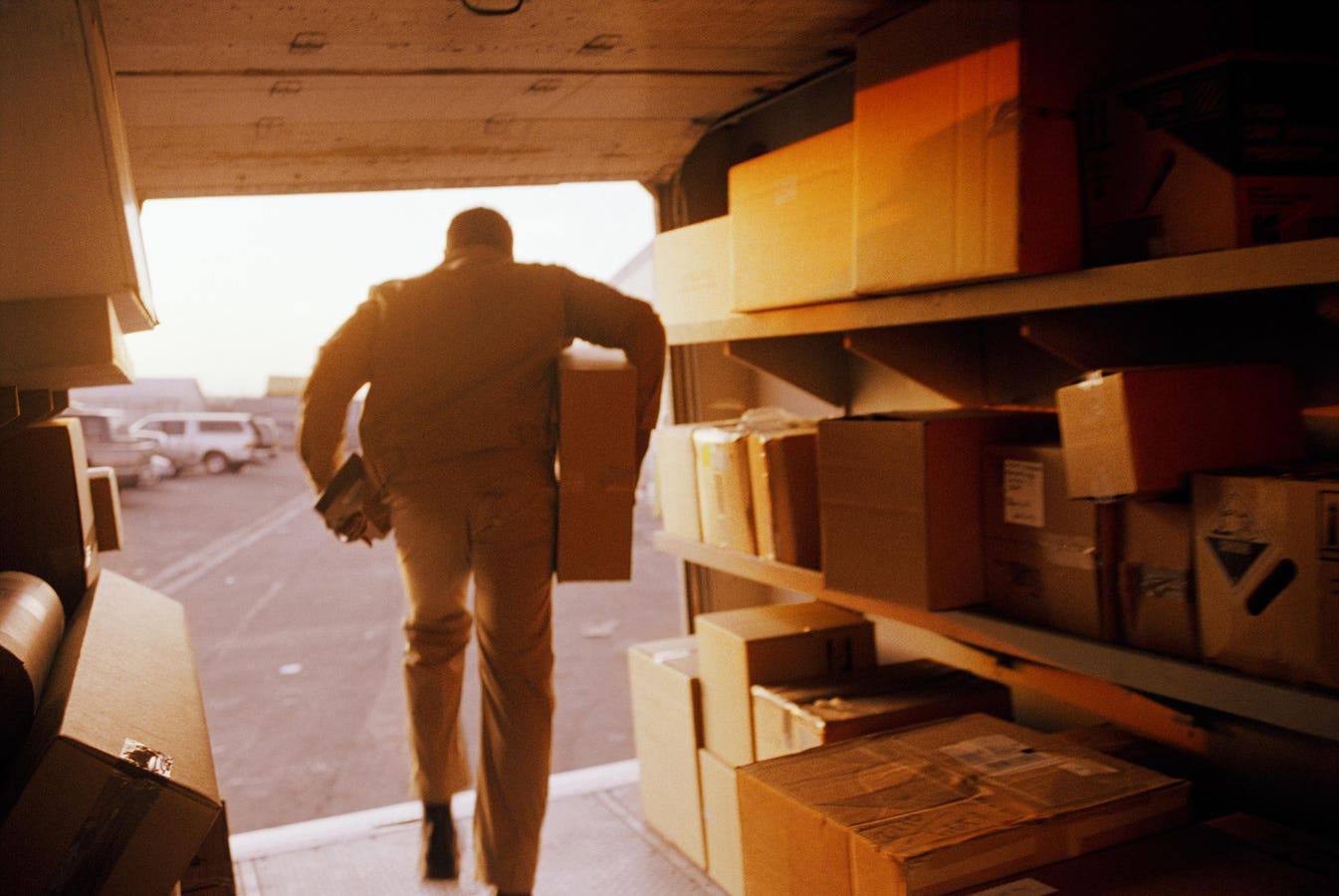Montage Connect CEO & Founder, IoT Technology Business Leader, Cellular Industry Veteran, Speaker and Author.
The growth of e-commerce and on-demand delivery has led to a boom in last-mile delivery services in recent years. Major retailers like Amazon and Walmart have built extensive last-mile delivery networks to quickly get packages to customers’ doors. However, this expansion has collided with intensifying extreme heat events impacted by warming temperatures, endangering the health and safety of hundreds of thousands of delivery drivers.
Last-mile delivery is the final leg of the supply chain, which is the process of getting goods from the manufacturer to the customer’s doorstep. It’s often the most expensive and time-consuming part of the delivery process. It’s also typically the most important part in terms of customer satisfaction. And it can be dangerous, even deadly.
Over the past 18 months alone, three delivery drivers in the U.S. have died from heat exhaustion while on the job. One UPS driver died as recently as August 2023. As summer heat waves become more frequent and intense, finding ways to protect the well-being of the workforce has become an urgent matter demanding immediate action.
Temperatures are rising.
Many major players in the delivery sector are actively exploring heat mitigation strategies in response to intense internal and external forces. Research reveals that a vast portion of the country experiences dangerously hot conditions within delivery vehicles for over half of the year. Internal vehicle temperatures can climb as much as 30° F to 43° F above the outside air temperature, turning delivery vans into ovens. With outside temperatures regularly rising above 100° with even mild humidity, these conditions can cause serious fatigue, dehydration, heat stroke and even death.
With customers expecting ever-faster service, drivers are making more stops per day, in growing traffic congestion, and have less time or opportunities to cool off. It’s a hectic combination already, and the situation may worsen as rising temperatures drive up the number of extreme heat days annually in much of the country.
Numerous approaches have emerged.
In looking for ways to prevent further injuries and loss of life, a number of approaches to address the problems have emerged. Measures like implementing clothing guidelines, installing insulation, wearing cooling vests, using window tinting, adding fans and painting the van roof white have helped and are quick to implement. And parking in the shade (when available), opening doors and drinking lots of water can provide additional relief.
Another solution is outfitting new and retrofitting existing delivery van fleets with air conditioning systems (A/C) with sufficient capacity to cool both the driver’s cab and cargo area. If OEM cab A/C exists already, then auxiliary A/C for the cargo area would need to be added. Be it an entire new A/C system in the van or adding auxiliary A/C to the OEM system, the goal is to lower temperatures to improve driver disposition, morale and general well-being, as well as overall efficiency, cargo quality and even customer satisfaction.
We’ll focus at this point on the A/C option, as I believe the evidence shows that it has the best chance to significantly lower the temperature in the cab and cargo areas and bring relief to drivers.
What are the advantages and challenges of A/C adoption?
It would seem obvious that customers benefit through improved service and reduced delays from heat disruptions, and even the condition of the cargo can improve. New sensors on food packaging will soon be tracking the temperature during supply chain transit, which could impact the quality of the food we eat (aka “field to fork”). Driver unions have advocated for A/C mandates and lobbied OSHA to establish heat standards to protect workers. Litigation over the many heat-related deaths and illnesses has also ramped up pressure on delivery fleet operators.
The more comprehensive option is to use IoT (Internet of Things) connectivity that additionally provides real-time data gathering, monitoring and cloud-based control of A/C systems installed in vans. (Full disclosure: My company offers these services, as do others.) This allows both the drivers and the remote monitoring staff to be alerted of problem situations and have the ability to act (e.g., change settings on the A/C or even instruct the driver of appropriate actions, like ending the delivery).
However, this comprehensive solution is an expensive and potentially risky endeavor that fleet operators have been slow to undertake despite rising outside pressures. High costs could make it too expensive for smaller fleets. And high failure rates are common with major connectivity projects for both stationary and in-motion assets (e.g., delivery vans). These risks are discussed in detail in my previous Forbes article. The good news is that IoT is not new to delivery companies, as the transportation industry already leverages connected sensors and cloud platforms to track location and operating conditions (e.g., fuel levels, speed, tire pressure, etc.), thus lowering the risk.
Conclusion
The dangerous confluence of a warming climate and booming last-mile delivery growth demands solutions. The addition of entire or auxiliary A/C systems and remote IoT intelligence systems, as well as a long list of lower-cost measures, can help avoid further heat-related health problems and damage to this high-demand industry. Safeguarding driver health needs to be a priority, as well as mitigating risk, protecting cargo, keeping customers happy and meeting compliance requirements, not to mention issues with unions and litigation.
Forbes Business Council is the foremost growth and networking organization for business owners and leaders. Do I qualify?
Read the full article here





